All Stories
-
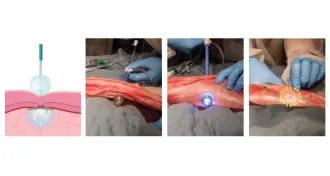 Health & Medicine
Health & MedicineBalloons-and-glue device seals remote wounds inside the body
To repair damaged tissue, surgeons can deliver a glue patch using two balloons and a blast of UV light.
By Meghan Rosen -
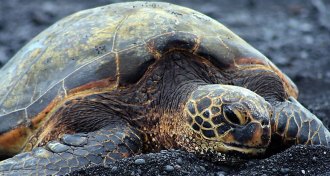 Animals
AnimalsHow to see sea turtles — without bothering them
Sea turtles come out of the water to lay eggs on beaches. It’s a great time to see the reptiles — if you know what you are doing.
-
 Cosmology
CosmologyComplexity in the universe, hidden craters and more reader feedback
Readers discuss order and disorder in the universe, the languages of science communication and more.
-
 Health & Medicine
Health & MedicineCoffee serves up surprising health benefits
Reporting on the current state of research allows readers to see beyond the single, sometimes conflicting public health messages that medical studies produce.
By Eva Emerson -
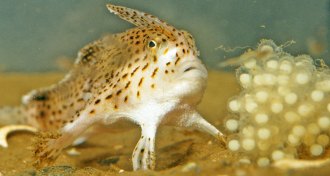 Animals
AnimalsThese fish would rather walk
Slowpokes of the sea, frogfish and handfish creep along the ocean bottom.
By Susan Milius -
 Quantum Physics
Quantum PhysicsQuantum choice can be counterproductive
In a puzzling paradox, delivering quantum messages becomes more difficult if the intended recipient offers the sender multiple options for the time and place of delivery.
By Andrew Grant -
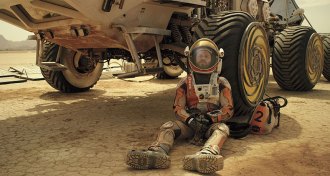 Planetary Science
Planetary Science‘The Martian’ is entertaining science fiction rooted in fact
With NASA’s help, filmmakers made story of astronaut stranded on Mars believable.
-
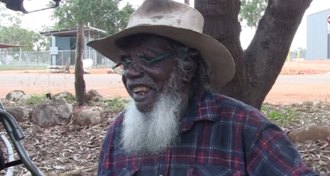 Anthropology
AnthropologyHanded-down tales tell of ancient sea level rise
Australian Aborigines tell tales of actual, ancient sea-level rises, a contested study finds.
By Bruce Bower -
 Science & Society
Science & SocietyMeet 10 scientists who are making their mark
In a special report, Science News features 10 early-career scientists on their way to more widespread acclaim.
By Science News -
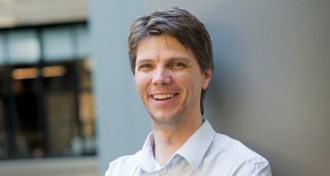 Particle Physics
Particle PhysicsWilliam Detmold: Looking deep into atoms’ hearts
MIT theoretical physicist William Detmold probes the fundamental bits of matter that combine to form the nuclei of atoms.
By Andrew Grant -
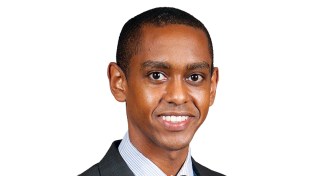 Genetics
GeneticsBenyam Kinde: Gene expression and Rett syndrome
M.D.-Ph.D. student Benyam Kinde studies how genetic changes affect brain cells’ activity in Rett syndrome.
-
 Health & Medicine
Health & MedicineIsaac Kinde: Finding cancer via altered genes
Isaac Kinde helped create a technology that can spot cancers early to give patients a better chance at survival.